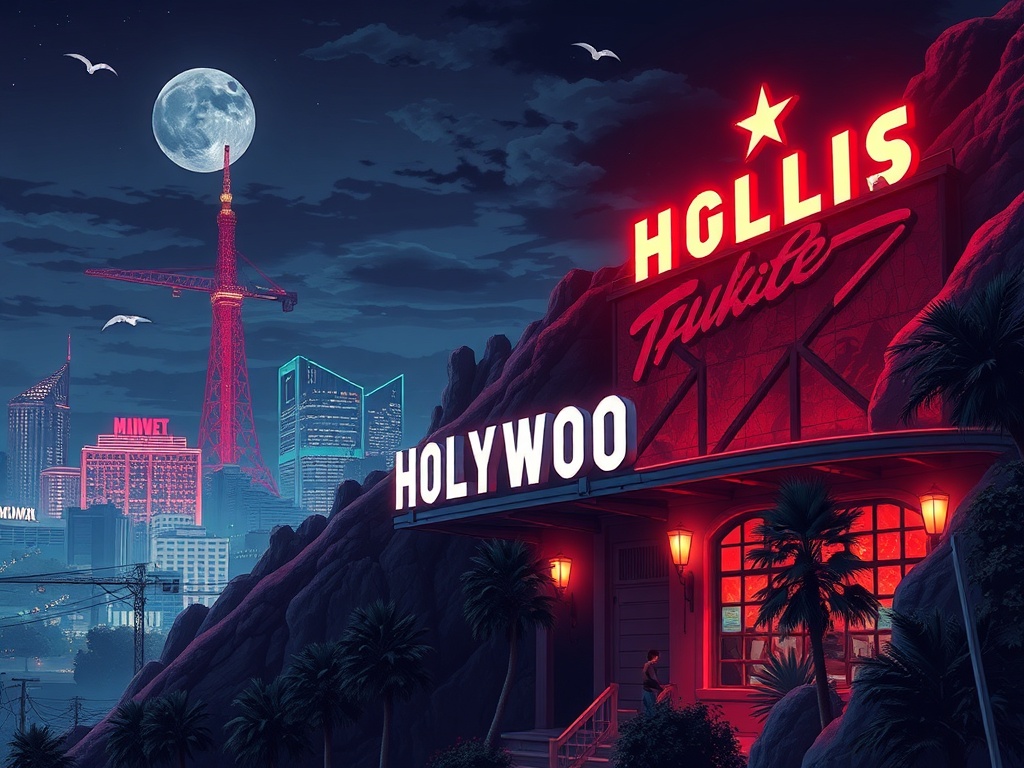Hollywood is in a period of reinvention, balancing the pull of blockbuster universes with a renewed appetite for original voices and theatrical spectacle. For creators, studios, and audiences alike, the dynamics shaping film and television production are evolving fast—and they point to a more flexible, audience-driven industry.
Streaming platforms reshaped the landscape by offering instant access and vast catalogs, but their influence has shifted from disruption to competition with theaters. The theatrical window is narrowing and expanding in different ways: event releases still command big screens and premium formats like IMAX and Dolby Cinema, while many mid-budget titles find a stronger life on streaming. This hybrid model rewards projects tailored to their best-suited platform, whether that’s a cinematic tentpole built for spectacle or an intimate drama designed for binge viewing.
Franchise strategy also continues to morph. Shared universes and sequels remain valuable, but studios are more cautious about overextending franchises. Audiences crave fresh stories alongside familiar brands, and smart franchises now use spin-offs, limited series, or character-focused films to deepen worlds without diluting the core appeal. For filmmakers, that creates opportunities to pitch original concepts as potential series starters or limited-run events that can grow organically.
Indie cinema is experiencing a renaissance of sorts. While festival circuits and specialty distributors still play a crucial role, there’s a growing appetite for filmmakers who deliver distinctive perspectives and strong storytelling. Limited theatrical runs followed by streaming deals allow indies to reach niche audiences and build word-of-mouth, and production tools have democratized filmmaking—lower budgets can still yield high artistic impact when combined with sharp marketing and festival traction.
Diversity and representation remain central to Hollywood’s agenda.
Casting and development choices are increasingly aligned with global audience tastes, and studios that prioritize authentic storytelling and inclusive hiring are seeing measurable returns. Beyond casting, there’s more focus on diversity behind the camera—writers, directors, and producers who bring lived experience to projects are in demand, helping stories resonate across demographics.
Technology continues to enhance cinematic possibilities without replacing craft.
Advances in virtual production and lightweight high-end cameras make location shooting more efficient and creative collaboration smoother.

Meanwhile, practical effects and immersive set design are seeing a resurgence among filmmakers who want tactile authenticity that resonates in theaters. Spectacle still sells, but it’s the blend of technology and craftsmanship that elevates memorable films.
Marketing strategies are shifting to emphasize long-term audience engagement.
Social media is no longer just for trailers—behind-the-scenes access, creator-led Q&A, and strategic tie-ins build anticipation and loyalty. Event releases leverage experiential marketing and partnerships to create shared cultural moments that encourage box office turnout.
For audiences, this means richer choices: blockbuster events on the big screen, serialized storytelling at home, and a stronger pipeline of original films from diverse creators. For industry professionals, the path forward favors adaptability—crafting projects with clear platform intent, leveraging festival and streaming ecosystems, and focusing on authentic storytelling that stands out in a crowded marketplace.
Hollywood’s pulse is defined by balance: honoring the theatrical experience while embracing the convenience and reach of streaming, nurturing franchises while protecting originality, and pairing technological innovation with human-centered storytelling. Those that navigate these currents thoughtfully are best positioned to capture attention and create work that lasts.